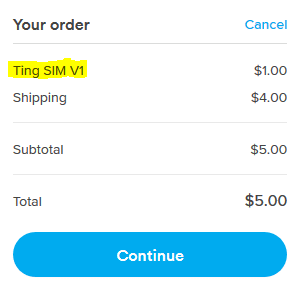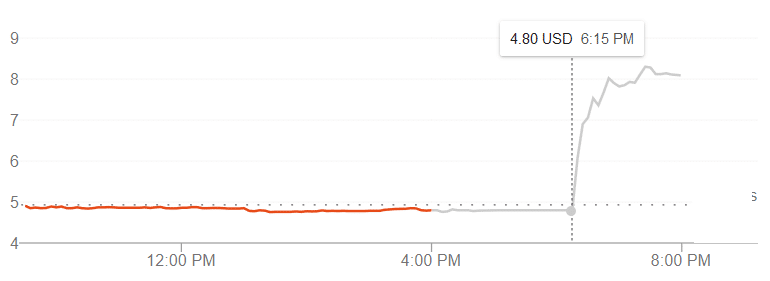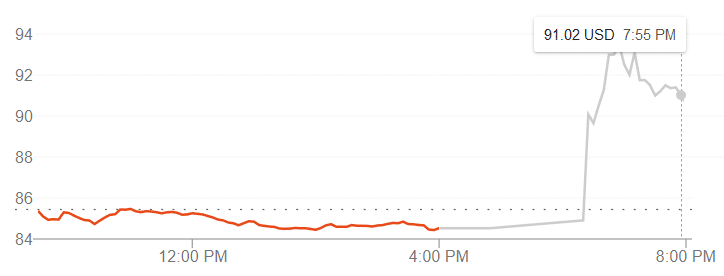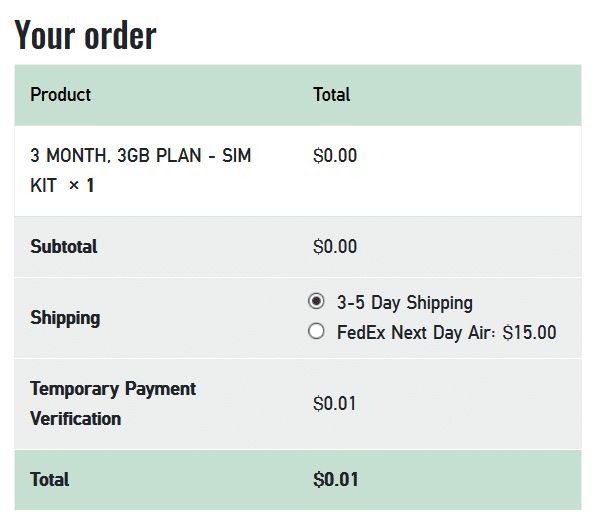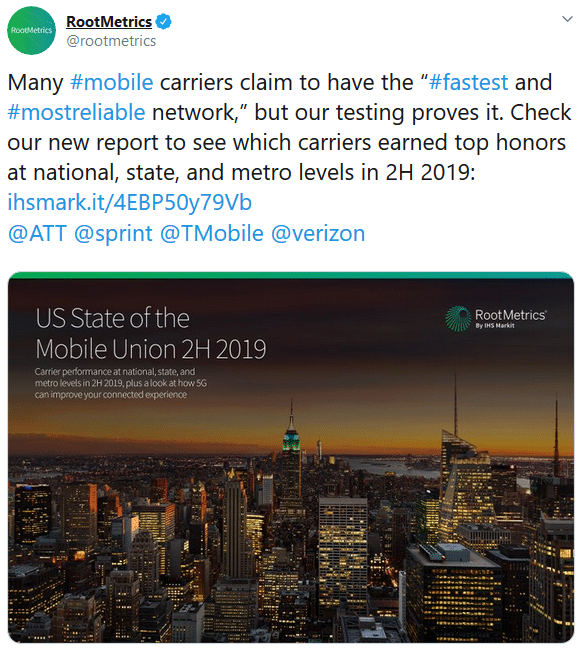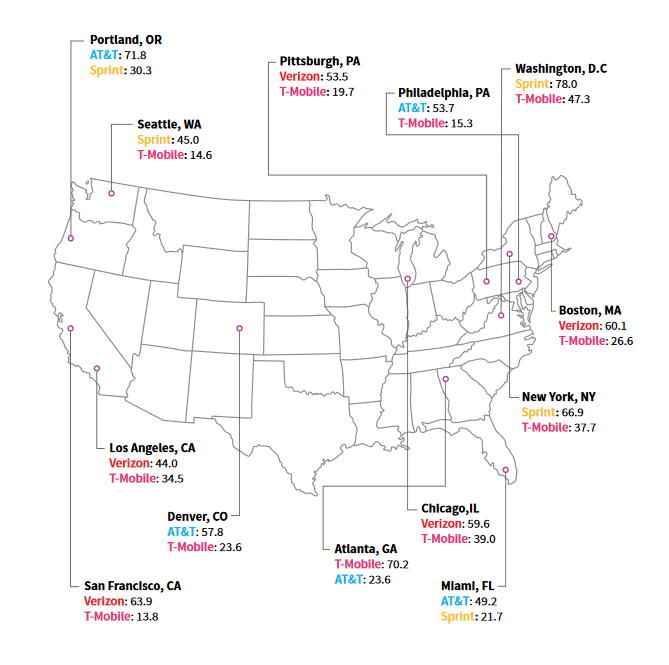Wait what?
That’s the opening of a recent post by Mike Dano of Light Reading. Dano is referencing a service called SmartSIM that TracFone recently teased. TracFone hasn’t shared many details yet, but it looks like SmartSIM will allow subscribers’ phones to automatically switch between multiple networks based on the signal strength of each available network.
Dano references a simulation conducted by the network analysis firm Tutela. The simulation suggested TracFone’s SmartSIM service might outperform each of the major U.S. networks. Not many details are shared about the methodology behind the simulation. To Dano’s credit, he acknowledges the simulation shouldn’t be taken too seriously:
I’m guessing Tutela made several assumptions in its simulation:
- SmartSIM can access all four major U.S. networks
- SmartSIM subscribers are not subject to any severe, adverse throttling or prioritization on any network
- The technology can reliably determine the quality of each available network
- Network switching will be determined on the basis of service quality alone (irrespective of TracFone’s financial incentives)
Some of these assumptions are probably inaccurate. In particular, I don’t think TracFone will have an easy time working with all four of the major network operators. While TracFone currently offers service over each network, new legal arrangements and technical capabilities will need to be sorted out with network operators before SmartSIM-style network switching is possible. I don’t think Verizon or AT&T will agree to arrangements that allow TracFone to offer better service than their own networks can provide.
Despite my skepticism, I’m still excited about the potential of dynamic network switching, eSIM technology, and SmartSIM-like services.



